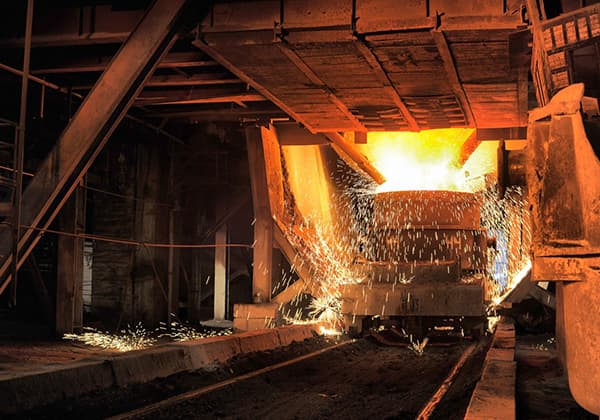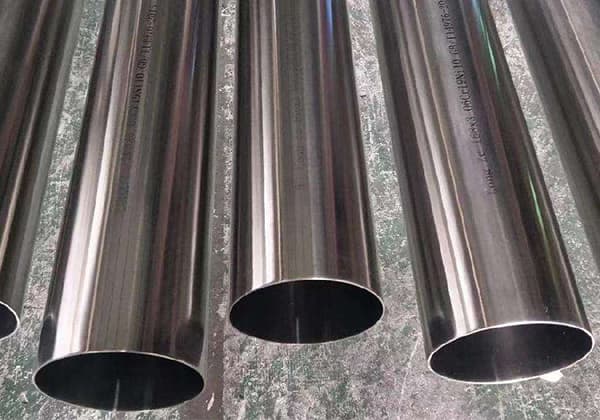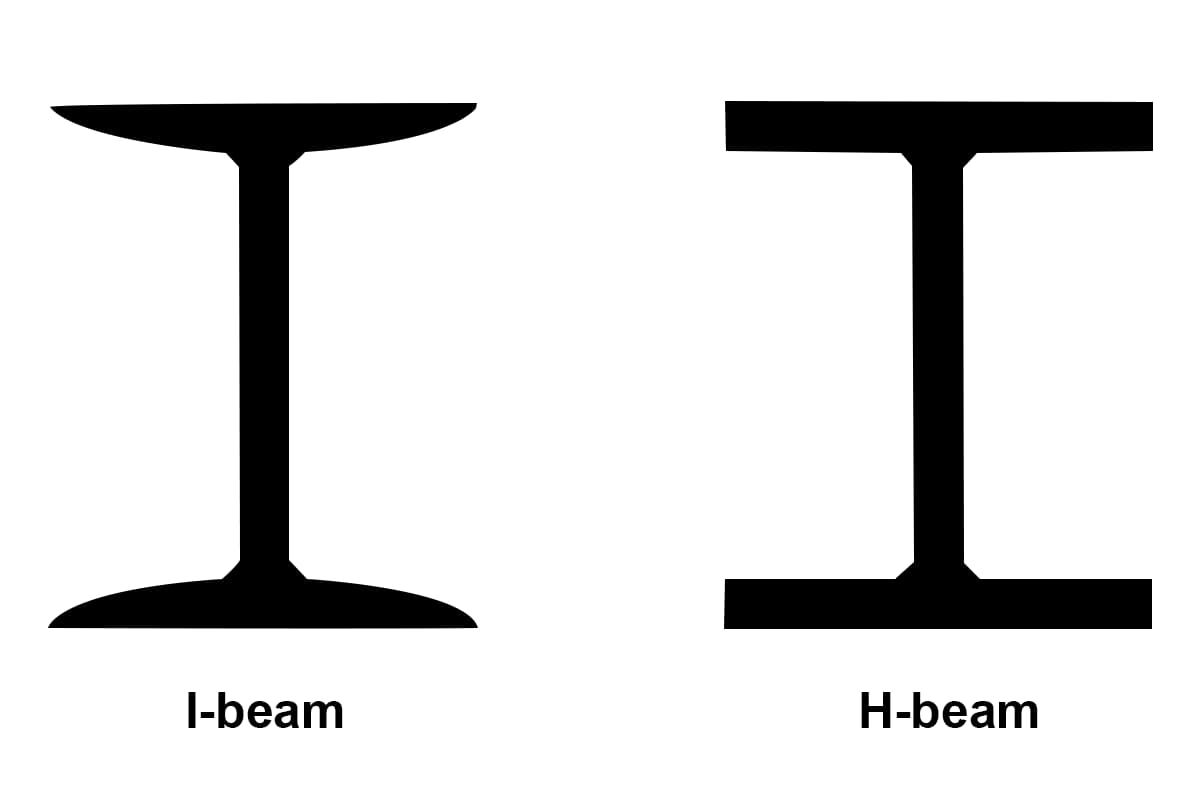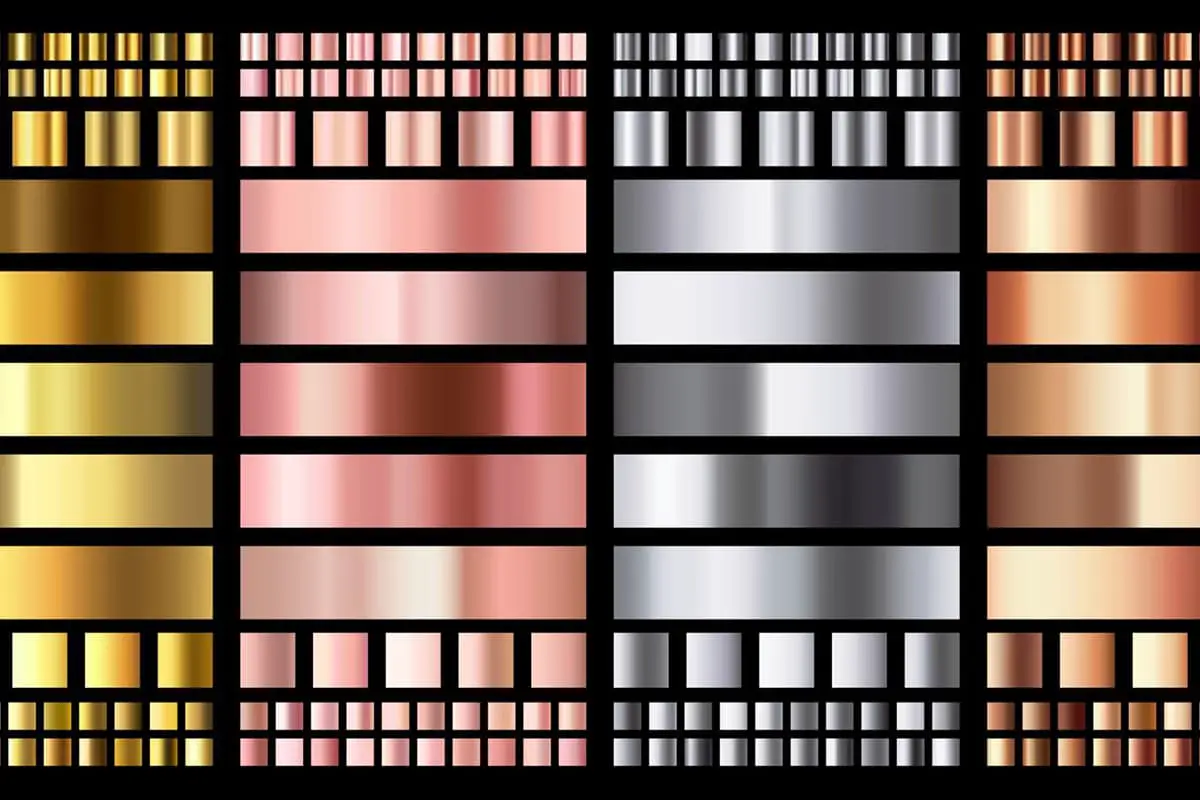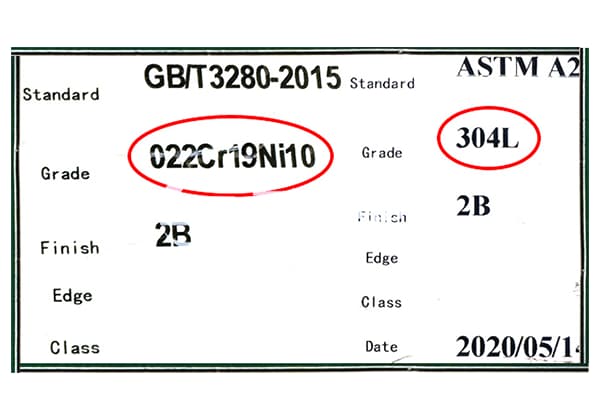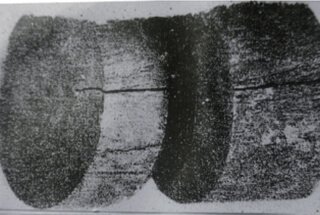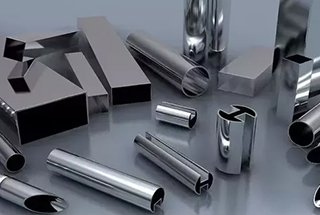
Have you ever wondered how the heat treatment of steel can transform its properties? This article dives into the fascinating world of 45 steel, exploring how annealing and normalizing affect its microstructure and mechanical characteristics. By examining specific cases, you’ll learn how different heat treatments can enhance the strength, hardness, and toughness of steel, making it suitable for various critical applications. Discover how these processes work and what makes 45 steel a popular choice in engineering and manufacturing. Get ready to uncover the secrets behind the science of steel treatment.
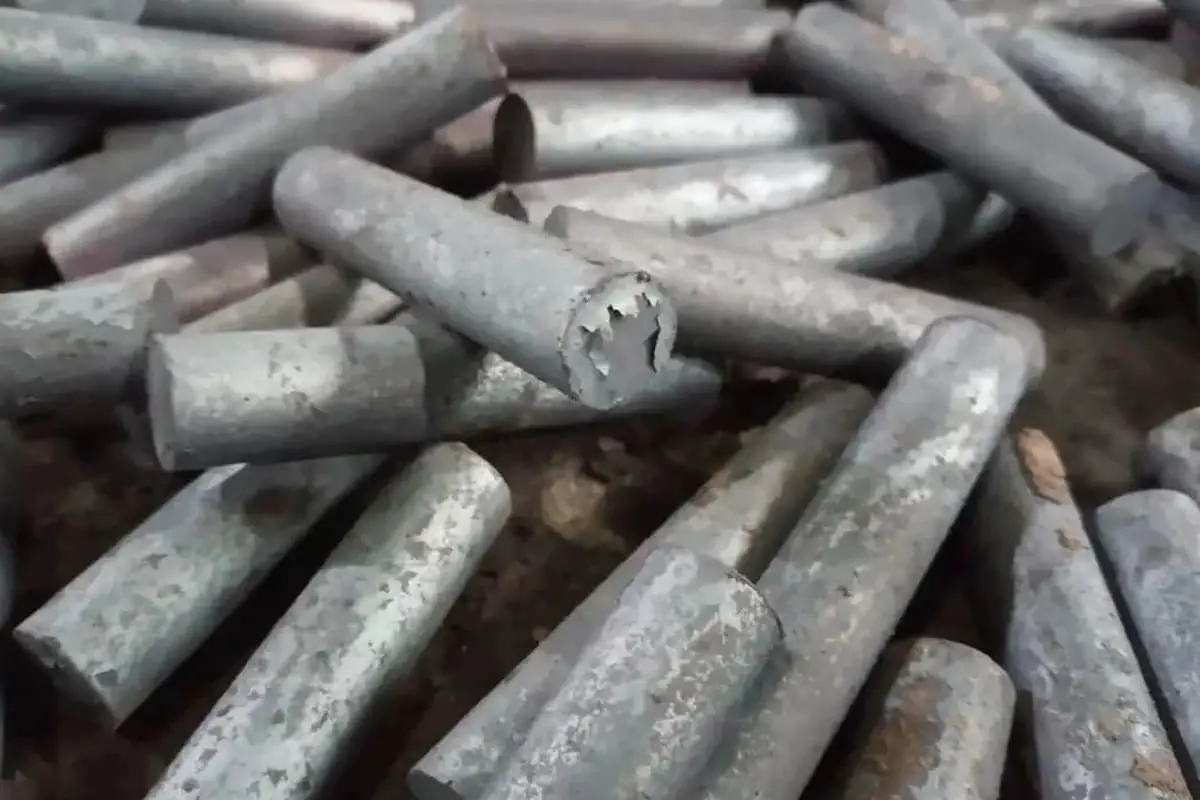
Identical materials can display different mechanical properties (strength, hardness, plasticity, and toughness), and different materials can exhibit similar mechanical properties. All of these are intimately related to the heat treatment of steel.
Steel parts obtain a certain structure through heat treatment to achieve the required performance characteristics. Heat treatment is a means, achieving performance is the goal, and the structure forms the basis and assurance of these properties.
Using 45# steel as an example, this section will share the relationship between annealing, normalizing, the structure of 45# steel, and its associated properties.
Case 1

The raw material in the supplied state has been hot-rolled and cooled in the air, equivalent to normalizing, so it is harder than annealed steel.
However, due to the high temperature, some ferrite precipitates along the grain boundaries in a needle-like shape and extends into the grain, forming a Widmanstätten structure.
The appearance of the Widmanstätten structure significantly reduces the impact toughness of the steel and makes it brittle. Steel with large grain size is especially prone to forming Widmanstätten structures.
To eliminate the Widmanstätten structure and large grains, it is necessary to perform normalizing treatment before quenching to refine the grain and improve the structure.
Case 2

Microstructure Note: After cutting the φ13.2mm round rod material on a regular cutting machine, the microstructure of the heat-affected zone cross-section, as shown in Figure 2, was formed due to the lack of timely water cooling.
The left half of the image represents the original microstructure, while the right half depicts the heat-affected zone microstructure. The hardness variation in the heat-affected zone is quite significant, ranging between 25-40 HRC.

Figure 3 demonstrates the magnified microstructure of each zone. Figure 3a represents the structure of Zone 1 in Figure 2.
The left half of the figure depicts the original material structure, characterized by white, net-like ferrite and fine pearlite flakes. The right half shows the heat-affected zone’s structure during cutting, consisting of white, polygonal ferrite, pearlite flakes, greyish-white martensite, and residual austenite.
Figure 3b illustrates the structure of Zone 2 in Figure 2, featuring white undissolved ferrite at the grain boundaries, greyish-white martensite, residual austenite, and fine pearlite flakes. The dark, fine pearlite flakes within the grains represent a newly formed transition zone microstructure during the cutting cooling process.
Figure 3c presents the structure of Zone 3 in Figure 2, similar to an under-heated quenching structure. The grain boundaries show white, polygonal undissolved ferrite, along with greyish-white martensite and residual austenite. The ferrite boundaries are clearly defined.

During the sample cutting process, varying cutting speeds and feed rates, coupled with inadequate cooling, resulted in distinct regions of a jewel-blue oxidation layer on the sample surface, as illustrated in Figure 4.
As can be inferred from the figure, heat-affected zones exist during the later stages of cutting. The harder the material, the more challenging the cutting is, and the larger the heat-affected zone becomes.
The top three samples in Figure 4 are high-carbon, high-alloy steel, while the bottom five are 45# steel.
Prior to heat treatment, the sample surfaces were not thoroughly polished, leading to the observation of varying microstructures in the raw material during examination.
During sample cutting, if cooling is not promptly carried out, the friction between the sample and grinding wheel causes the sample temperature to swiftly rise to between Ac1 and Ac3 as the cutting speed gradually increases.
Upon water cooling, a structure resembling underheated quenching forms. Since the surface temperature varies across different regions of the sample, the microstructures in these regions also differ.
Case 3

The annealing of 45 steel involves heating the steel above Ac3 by 30-50℃, followed by furnace cooling to allow the steel to acclimatize. This relatively slower cooling process results in a microstructure that is nearly balanced, with pearlite occupying approximately 55% of the entire visual field area.
Case 4

Normalized 45 steel involves heating the steel above its Ac3 temperature by 30-50°C, then allowing it to cool naturally in the air. The main difference between this and a complete annealing process is the faster cooling speed and higher degree of supercooling.
This results in a finer pearlite lamellar structure compared to annealed steel, with a significant increase in the amount of pearlite, and relatively smaller grain size. Therefore, the hardness of normalized steel is higher than that of annealed steel.
Normalization of 45 steel can improve its structure following casting or forging, refining the austenite grains, and forming fine and uniform ferrite and pearlite, thus enhancing the steel’s strength, hardness, and toughness.
45 steel, with its high strength and good plasticity, can be used to manufacture various important components, such as compressors, chemical pumps, and moving parts (crankshafts, connecting rods, piston rods). It can also be used to make turbine blades. Generally, large-sized components are used in a normalized state, while small-sized components can be tempered to form a tempered sorbite.
45 steel is also the most commonly used quenched and tempered steel. Before quenching and high-temperature tempering, it must be subjected to a normalization process to obtain a uniform and finely structured organization, preparing the steel for quenching.

This article shares the microstructural characteristics of 45 steel in different states. We can appreciate the mystery and charm of heat treatment from it, as different treatment methods can cleverly change the structure and properties of the material.
45 steel is a commonly used quenched steel. This article analyzes this material in different states, providing a methodical approach, from which we believe everyone can gain some insights.
In daily work, when developing samples for other materials, it would be ideal if we could apply what we learn from one example to others.

